Upholding Confidentiality in the HR Profession: A Case Study

Author : Patrick Mack
Parties :
Samantha is an HR professional who works at Wonka Chocolates, a large chocolate manufacturer. She is responsible for handling employee relations, recruitment, and retention. John is an HR professional at Slugworths Chocolates, a different chocolate manufacturer. He is reviewing an application from a former employee of Wonka Chocolates, who has applied for a position at Slugworths Chocolates. John contacts Samantha to ask about the former employee's performance at Wonka Chocolates.
General Situation:
One day, John contacted Samantha and asked her about a former employee who worked at Wonka Chocolates and who had applied for a position at Slugworths Chocolates. John explained that he wanted to know more about the former employee's performance and why they were no longer with Wonka Chocolates. Samantha felt pressure to disclose confidential information and provided John with details about the former employee's termination for cause and poor performance.
What Could Go Wrong:
Samantha's disclosure of confidential information about the former employee could be a violation of the CPHR Alberta Code of Ethics and Standards of Professional Practice. Specifically, it could be a breach of Division V Section 2, which requires HR professionals to protect the confidentiality of personal and sensitive information and to only disclose such information with the consent of the individual concerned or as required by law.
Part of the Code:
Division V of the CPHR Alberta Code of Ethics and Standards of Professional Practice outlines the obligation of HR professionals to protect the confidentiality of personal and sensitive information and to only disclose such information with the consent of the individual concerned or as required by law. This includes respecting the privacy rights of individuals and ensuring that confidential information is not disclosed to unauthorized parties.
What Needs to be Considered:
HR professionals have a duty to maintain confidentiality and protect personal and sensitive information. In this scenario, Samantha should have considered whether disclosing information about the former employee's termination for cause and poor performance would breach the employee's privacy rights and whether such disclosure was necessary or required by law.
How to Maneuver Through:
To handle this situation ethically and appropriately, Samantha should have declined to disclose information about the former employee's termination for cause and poor performance. She could have explained to John that she is bound by professional obligations to protect the confidentiality of personal and sensitive information and that she cannot disclose such information without the consent of the former employee or as required by law. Samantha could have suggested that John contact the former employee for a reference or review their application materials to assess their qualifications for the position.
In conclusion, HR professionals have a responsibility to protect the confidentiality of personal and sensitive information, as outlined in the CPHR Alberta Code of Ethics and Standards of Professional Practice. In this scenario, Samantha should have recognized the potential breach of confidentiality and declined to disclose information about the former employee's termination for cause and poor performance. By upholding the principles of confidentiality and respecting the privacy rights of individuals, HR professionals can maintain the integrity of the HR profession and build trust with their clients and organizations.
The views and opinions expressed in this blog post belong solely to the original author(s) and do not necessarily represent the views and opinions of CPHR Alberta.
The views and opinions expressed in this blog post belong solely to the original author(s) and do not necessarily represent the views and opinions of CPHR Alberta.





